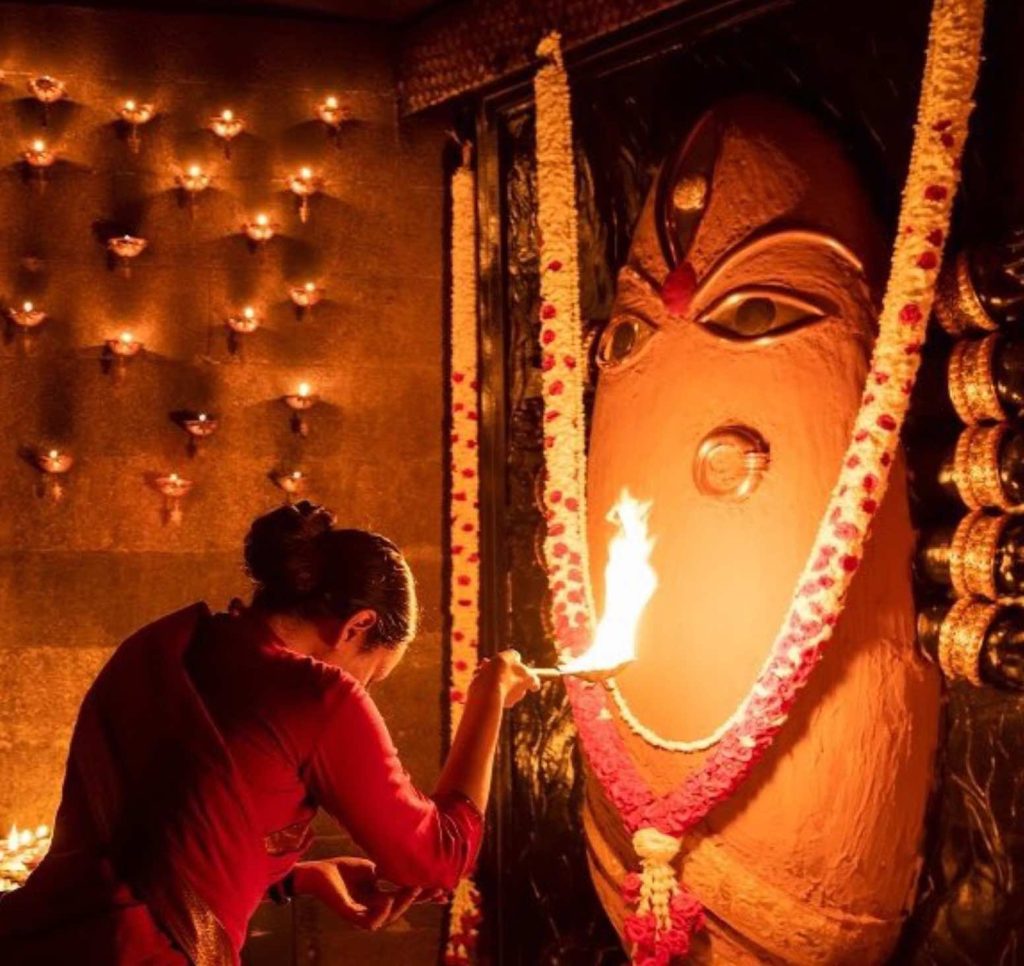Is There Really Gender Discrimination In Hindu Temples?

There has been considerable controversy in India regarding gender discrimination in religious spaces, specifically in Hindu temples. This debate came to international attention primarily through the case of the Sabarimala temple in Kerala.
In 2018, the Indian Supreme Court, in a landmark judgment, ruled that women of all ages must be allowed into the Sabarimala temple, stating that biological or physiological reasons should not be used as grounds for discrimination.
This decision led to a significant backlash among many sections of society, including some women devotees. They argued that the court needed to adequately consider the belief systems and traditions specific to the Sabarimala temple. Mass protests were held, and the temple turned into a battleground when it was time to implement the court’s decision, with women attempting to enter being blocked by protestors.
The controversy highlighted the complex interaction between law, religion, and society. On the one hand, there is the argument for gender equality and non-discrimination; on the other, there’s the argument for respecting religious traditions and beliefs.
Sadhguru Explains The Yogic Tradition
Sadhguru, the Yogi of the highest caliber, often explains traditional practices and customs using the lens of energy science and the logic inherent in Indian spiritual traditions. When discussing the topic of certain temples where traditionally women are not allowed, he points out that the reasons are not based on any form of gender discrimination but have to do with the specific nature of the temples and their energy.
Sadhguru often emphasizes that the fundamental principle in the yogic tradition is to treat every aspect of life – including gender – not as a discriminatory factor but as a different possibility of nature. It is about understanding and respecting these differences rather than obliterating them in the name of equality.
Sabarimala Temple Controversy About Gender Discrimination
One of the examples Sadhguru often refers to is the Sabarimala Temple in Kerala, India, dedicated to Lord Ayyappa. Traditionally, women of menstruating age were not allowed to enter this temple. According to Sadhguru, this is not due to any discrimination but relates to the unique energy structure of the temple, which could be sensitive or disruptive for women in certain stages of their physiological cycle.
He explains that the energy of the Sabarimala temple was specifically designed to enhance the Brahmacharya aspect (the celibate and ascetic dimension of life). Thus, the energies could be disruptive or not beneficial for women in the menstruating phase, a period connected with the reproductive aspect of life. It’s important to note that not all temples have this restriction – it is specific to certain temples with certain types of consecration.
These are traditional practices based on subtle aspects of human physiology and the science of consecration, which may need to be more easily understood and appreciated in the modern context. It has led to controversies and legal battles, such as the one related to the Sabarimala temple.
Just as there are some temples where women are traditionally not allowed, there are also temples where men are traditionally not. Sadhguru has also discussed this, explaining that it is tied to the specific energies of the temple and is not based on gender discrimination.
Attukal Bhagavathy Temple
One example of such a temple is the Attukal Bhagavathy Temple in Kerala, India, dedicated to the Goddess Kannaki (Parvati). During the Attukal Pongala festival, recorded in the Guinness Book of World Records as the largest gathering of women for religious activity, men are traditionally not allowed to participate. The temple and the festival are unique because women perform all the rituals, and men do not have a significant role.
According to Sadhguru, the energies in temples dedicated to feminine deities like the Goddess are specifically consecrated to enhance the feminine aspects of life. These energies may not be beneficial or suitable for men during specific rituals and certain times.
Linga Bhairavi Temple
The Linga Bhairavi temple, located in the Isha Yoga Center, Coimbatore, Tamil Nadu, India, is another example of a temple dedicated to a feminine deity, in this case, the Goddess Bhairavi, a fierce manifestation of the Divine Feminine.
According to Sadhguru, Linga Bhairavi is an exuberant expression of the divine feminine, fiercely compassionate. She is consecrated not as one who rules but as one who takes care of life – a manifestation of the feminine aspect of the divine that nourishes life in every form.
During certain times during this temple’s rituals, restrictions are imposed on men. Sadhguru has explained that this is related to the nature of the energies and the type of practices involved.

During the monthly period of the full moon, a special “Pournami Pooja” is conducted in the Linga Bhairavi temple, which is attended only by women. It’s an elaborate ritual with an energetic process specifically designed for women. According to Sadhguru, the lunar cycles have a particular impact on female physiology, and this process can help women harmonize with these lunar cycles.
As with temples where women aren’t allowed, the restriction for men is not about discrimination but is related to understanding the subtle laws of nature and aligning human life with these laws for the highest well-being. Sadhguru often emphasizes that in the yogic tradition, every form of life is a possibility to reach one’s ultimate potential. Cultural and spiritual practices are designed to support this journey.
Therefore, understanding these traditions requires a shift from the perspective of modern social discourse, which is primarily about rights and freedoms, to a perspective of what is conducive to an individual’s inner growth and spiritual well-being.
